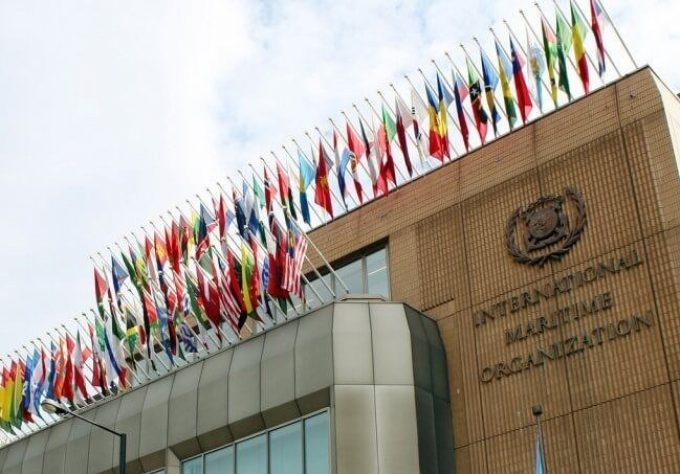Green shipping revolution could be hamstrung, UMAS warns
Global-south countries have great potential for generating the clean fuels shipping needs – but access ...

The International Maritime Organization (IMO) will consider the entire life-cycle of fuels, known as well-to-wake, rather than just tank-to-wake greenhouse gas emissions, in future regulations in apparent recognition of loopholes in existing emissions rules.
Following the meeting of the IMO’s Intersessional Working Group on Reduction of ...

Comment on this article